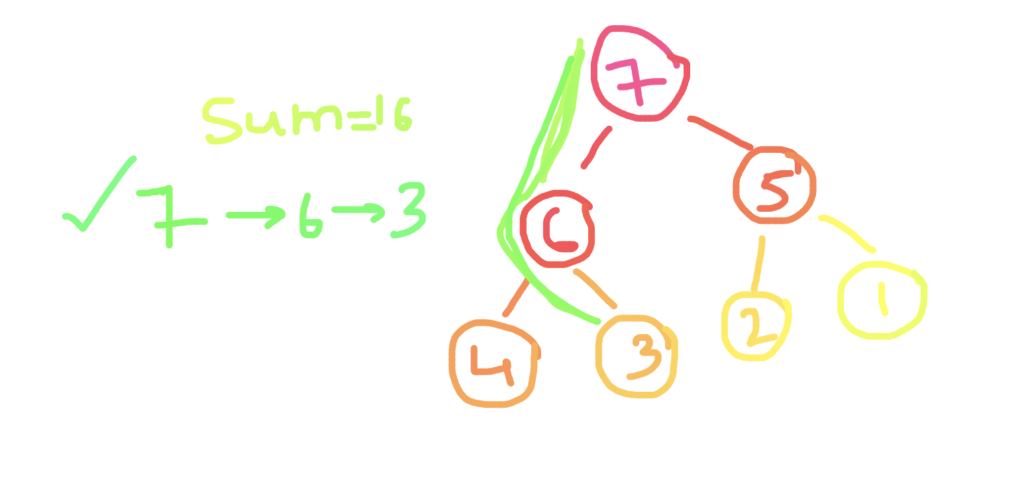How HashMap internally works in java is the most asked interview question. Even with just 1–2 years of experience, you’ve likely used HashMap in your code. However, many developers are unaware of how it actually works under the hood.
This article dives deep into the internal mechanics of HashMap, explaining how the get, put, operations work behind the scenes. I am going to discuss the internal working of HashMap in java with diagrams and code examples.
How HashMap works internally video tutorial
